North Macedonia & Bulgaria: Our journey from Lake Ohrid to the Greek border
An unplanned detour (13)
North Macedonia was never on our bucket list. This small Balkan country doesn’t seem to get a lot of attention and we didn’t know much about it. We knew that the country changed its name from Macedonia to North Macedonia after a long dispute with Greece, we knew the language is similar to Bulgarian and we knew the countryside can be very catholic and conservative after seeing an independent movie and talking to a young woman from North Macedonia. But there it ended. It was exciting to cross into a new country without reading a lot about it before and very unfamiliar to us.
But how did we end up here in the first place? Well, that’s a complicated story…
In short: we had to adapt our route and drive through North Macedonia and Bulgaria, since the only open border crossing to Greece is the Promachonas Border in South Bulgaria. All the other border crossings remained closed for leisure travel.
And the longer explanation behind this decision is the following: We originally planned on following the coastline of Albania to the South and then cross into Greece and to go hiking in the Vikos Gorge in the remote Pindos mountains. From there we would cycle towards Athens and take the ferry to Rhodos to meet Lisa’s parents who already bought their flight ticket and rented an apartment on the island. This has been planned for a long time and we were really looking forward to see them. From Rhodos we would have taken the ferry over to the Lycian Coast in Turkey and continue our trip in the South of Turkey. It would have been an interesting route like that.
But COVID-19 came in the way. Again. Turkey cancelled all the ferry services to Greece and vice versa and the only open border crossing is in Bulgaria and you need a negative PCR-Test to enter Greece. The bottom line, we “have” to cross North Macedonia and Bulgaria, get a test in a Bulgarian hospital close to the border, wait for the results and then we can finally enter Greece. And to get to Rhodos on time we would need to book a flight from Thessaloniki and afterwards return to get our bicycles and gear and entering Turkey in the Northwest instead of the South. Thanks to COVID we now have to fly and have a fixed departure date from Thessaloniki in October. The consequence of this alteration was, that we couldn’t spend that much time in Albania and North Macedonia. Otherwise, we would have visited the monastery Sveti Naum and definitely spent more time in Ohrid.
Lake Ohrid is clearly the touristic highlight of North Macedonia and especially the small city Ohrid with its Ottoman-style houses and medieval churches is worth a stop. We just quickly passed through, because we calculated that we would have only five days to cross the country in order to arrive in Thessaloniki on time for our flight. We rapidly exchanged our Albanian Leks into Macedonian Denar and made one short circle through the beautiful old town. A man gave us some apples and we had to smile – some things didn’t change after the Albanian border and people were very friendly and hospitable in North Macedonia as well.
We also felt a hint of Orient in Ohrid when Lisa discovered a bakery selling Simits, the sesame crusted, circular bread from Turkey. Those Turkish Bagels would accompany us now and be a part of our breakfast routine in Greece as well. In Thessaloniki they also have a love for Simits and they are available everywhere. We realized that we were undoubtedly moving more and more towards the East and away from our hometown Baden.
An unexpected Macedonian Peculiarity
We are always amazed by the small differences between countries and North Macedonia offered a new discovery for us. In the center of Ohrid we heard a loud and unfamiliar vehicle approaching us. It looked like a DIY car without cladding, four wheels, a bench for two people, steering wheel and a rattling motor. Soon afterwards we learned the purpose of this vehicle: it was a mobile circular saw assembled on the vehicle. In the following days we realized that this wasn’t a unique encounter and that those vehicles are quite popular here and sometimes there was a whole bunch of them waiting at a street corner. Just like you have your taxi corner, in North Macedonia you would have your “circular-saw-on-wheels-vehicles” corner waiting for assignments. There must be a lot of wood to saw compared to the neighboring countries.
We left Ohrid and followed a quaint valley up to a Pass. Unfortunately, there were many trucks on the roads, so we couldn’t fully enjoy the scenery. Many of them were carrying garbage and we weren’t surprised when we passed by a huge landfill in the mountains. After a thrilling downhill stretch we reached the small town of Resen. There were apple plantations everywhere and people selling their products every few metres. You couldn’t buy anything else but apples. Of course, we decided to eat our picnic lunch in the middle of apple trees and we didn’t feel too bad picking our dessert. After another smaller pass we were cycling for a while through a wonderful valley. We haven’t seen that much untouched nature for a long time. This was something that really surprised us in North Macedonia, it wasn’t as densely populated as the previous countries and we were surrounded by gorgeous landscapes.
Slowfood in North Macedonia
Our destination for the day was an agriturismo specialized in Slow Food, the Villa Dihovo close to Bitola. A British backpacker that we met on our return transfer from the Albanian Alps to Skhodra gave us this recommendation. The owner of this family-run-guesthouse, Pece, used to work as a soccer coach in Denmark and now returned to North Macedonia with his family, because he missed the sun. Now he offers a beautiful getaway in the countryside and guests can stay in the rustic rooms, take part in cooking courses or visit a local beekeeper in the village. We love to discover places like that. The food was superb and easily the best meal in months. We were also treated with home-produced wine and home-brewed beer. The first course was a pumpkin soup, followed by home-made pasta with dried tomatoes. It was so good we had to ask for another round. We unexpectedly arrived in a hotspot for foodies. We found out only later, that the Villa Dihovo has been named one of “The Secret Places of Europe” and gets high praises in the Lonely Planet (meaning it isn’t that much of a secret place anymore).
Another couple arrived that stayed in Bitola and they came out to the village Dihovo only for the food. They are from San Francisco and North Macedonia and Albania are one of the few countries they could travel to during COVID-19 and that is the reason we probably met several Americans in the Balkans the last weeks. At least one advantage of the restrictions is that those unknown countries get an unexpected attention. The next day the couple planned on driving with their rental car all the way down to Gjirokastra in South Albania (about 360 km the fastest way). We were surprised to hear that, because for us it would mean cycling for a week and covering this distance in a day means not to have time to observe all the small differences in landscapes and culture. Would they even notice the “circular-saw-vehicles”?
We would have loved to stay another day at the Villa Dihovo and pick our dinner in the vegetable garden and visit those bees, but we felt the urge to continue our trip. We weren’t sure how fast we would get the test results in Bulgaria and we didn’t want to risk missing our flight from Thessaloniki.
After a wonderful breakfast we had to leave again and drove to Bitola. It is a charming city with a long café and shop-lined Main Street and of all of Macedonian’s cities, it felt the most European with is neo-classical architecture. We just did a quick stop at the bakery to buy our lunch and then we cycled up to a barren high plateau. The scenery was impressive with the fast passing clouds, the vast fields and the odd flock of sheep.
On the way we met an elderly hiker from Poland who was on the road for three months, without a tent and fancy outdoor gear. He just walked and slept somewhere when he was tired. On foot you’re more exposed to everything compared to cycling and we admired him for his achievement. It was another 12 km to the next village and he was getting hungry, so we gave him our lunch.
We passed various tobacco fields and realized that the city of Prilep is the capital of the tobacco production and in every front yard we could see tobacco leaves hung up to dry in the sun. And on this note, we have to say that we are very proud that Dario resisted the temptation to buy tobacco, because he quit smoking more than two months ago on the campground in Pula. Bravo!
Shortly afterwards we had to climb another pass and when we reached the top we wanted to change into warmer clothes for our long downhill drive. Just when we were about to undress and change, an ambulance stopped and the nurses came out for a cigarette break. Quite a funny situation.
That evening we didn’t have luck with our camping spot in a beautiful dry meadow, because the next day Lisa complained about itchy mosquito bites, that turned out to be bites of mean grass mites (yeah, we had to google that diagnosis).
On our fourth day in North Macedonia we reached the small city of Kavadarci, obviously known for grapes. But not in the familiar way, that a wine grower would have his own grapevines. Instead, every grape farmer brings a truck full of grapes to a collection point, where the grapes are loaded into big trucks. We guessed that they were then delivered to a big wine factory or similar. Let’s recap: on the second day we were in the apple region, on the third day it was all about tobacco and now grapes. We’ve never seen this clear distinction in any other place. Was this maybe a remnant of the past with the planned economy from the Yugoslavian communist era?
We continued our trip further East and on the fifth day we rolled into the bigger city of Strumica. Because the itchy bites kept annoying Lisa we had to find a hotel and camping wasn’t an option at the moment. We chose to stay in the most luxurious hotel in the city of Strumica (well, there wasn’t that much choice). The hotel was situated in the city park in a nice area and from the outside it was very elegant, but we learned to know better than to judge a book by its cover. In the first room it wasn’t possible to turn the heating off and it was turned on with a cozy 30° degrees, the next room had a normal functioning heating, but no hot water and the breakfast was awful. In those moments, camping outside seems the better option.
It was only 40 km more towards the Bulgarian border. The border crossing would have been quite smooth if we didn’t have to pass through a disinfection tunnel that was obviously meant for cars. Our hair, our clothes, our skin – everything was covered with the wonderful smelling disinfectant. We reached Petrich in the afternoon, a small city close to the Greece border and with a hospital where we could take the PCR-Test.
We stayed two nights in a welcoming hotel in Petrich. The first night we explored the town and were looking for a nice restaurant. That wasn’t so easy. This was the real Bulgarian countryside. No more fancy restaurants and hipster cafés. This is what traveling to lesser known places is all about, right? Still, we were missing the choice and we ended up having a sort-of-Pizza at a fast-food-place. The next morning the friendly owner of the hotel made us Pancakes and turned on some romantic music in the otherwise deserted breakfast room.
Afterwards we walked to the Roosevelt Hospital for our PCR-Test. We entered the building and were surprised to see many people waiting in the hallway for their doctors to call them inside. It seemed very chaotic. We had to go to a reception first and then were sent to the second floor for our test. The nurse’s assistant was only interested in the right currency (only Bulgarian Leva were accepted, no Euros, no Dollars). Luckily, we had the right currency and paid the EUR 50.- per person. After 15 minutes the test was done and we would get the PCR lab results online when they’re ready. That was very efficient.
Since we were already in a hospital we wanted to ask someone about Lisa’s itchy bites. After one look the receptionist immediately brought her to a doctor and after checking her temperature Lisa received an antihistamine shot and some tablets. Without any more explications as no one spoke English and google translate wasn’t fast enough. But it helped and the itching finally disappeared and we only had to pay EUR 4.- for everything. We spent the rest of the day writing our blog in the room of the hotel and we decided to cook the dinner on our camping stove on the balcony instead of giving the restaurant scene in Petrich another try. We received the negative results early next morning and were finally ready to cross into Greece.
This unplanned route led us through some stunning landscapes in North Macedonia and we are grateful for all the things we’ve been able to see because of the detour.

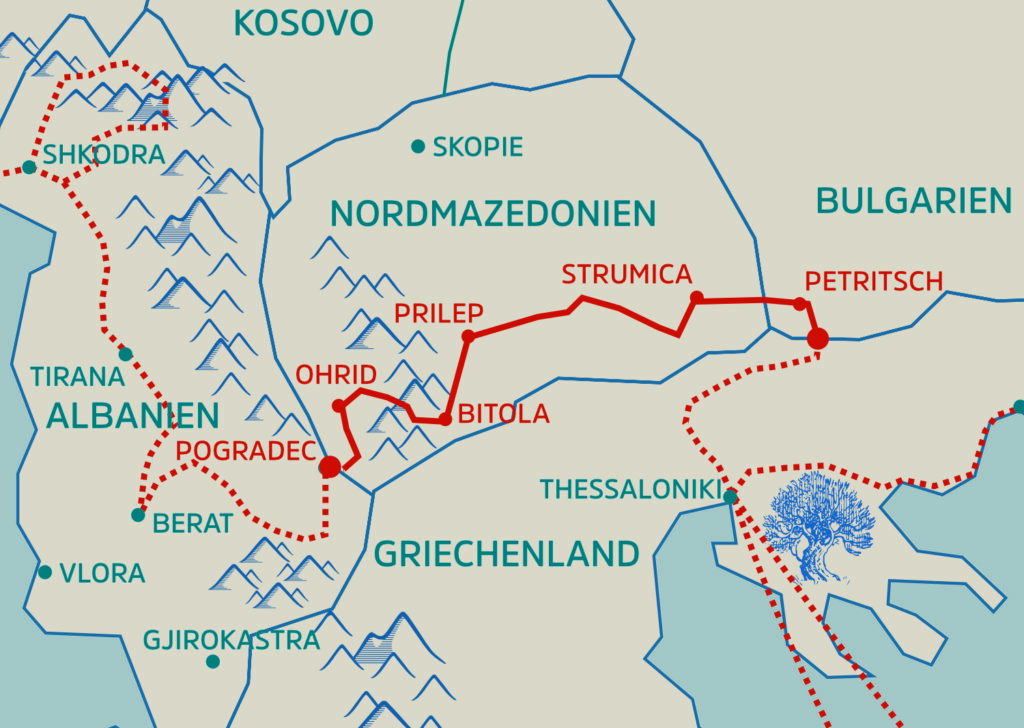
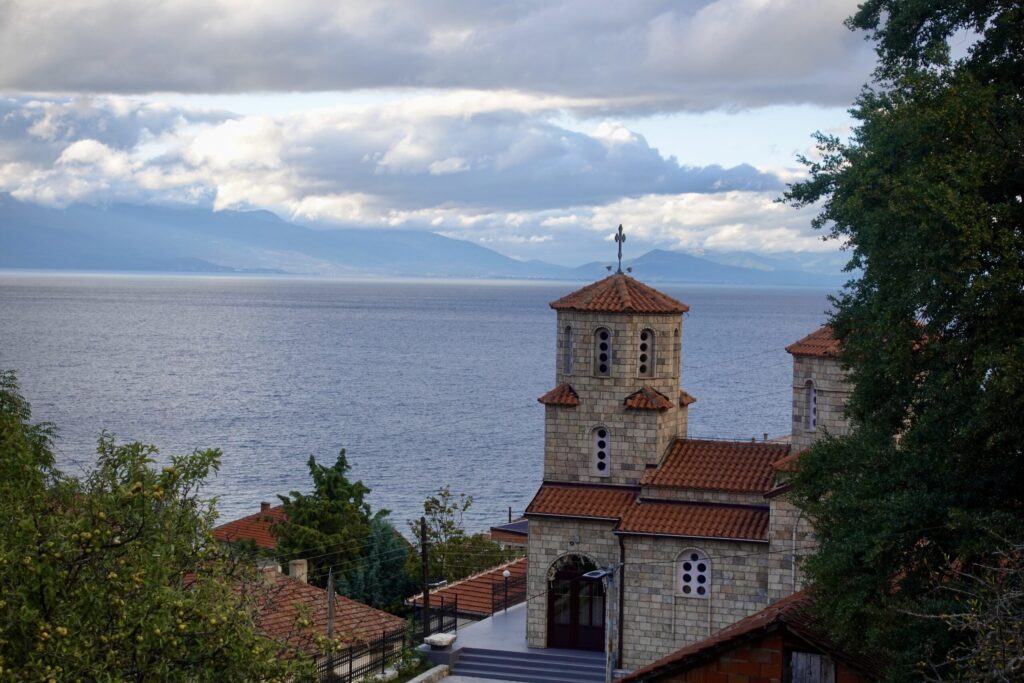
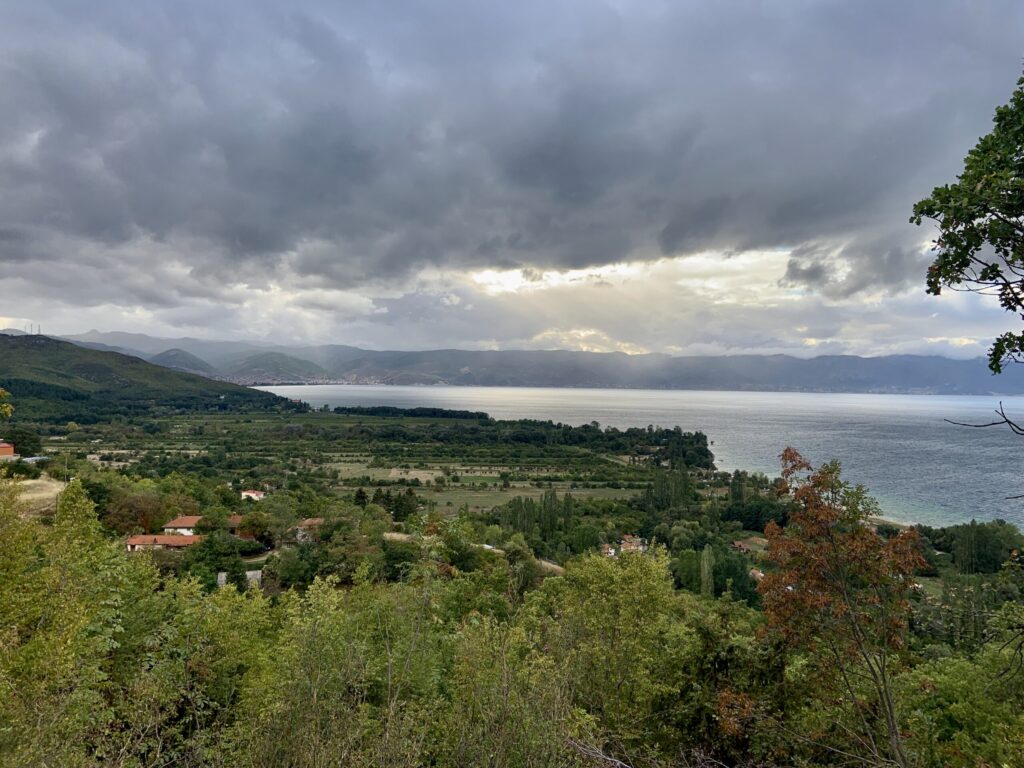
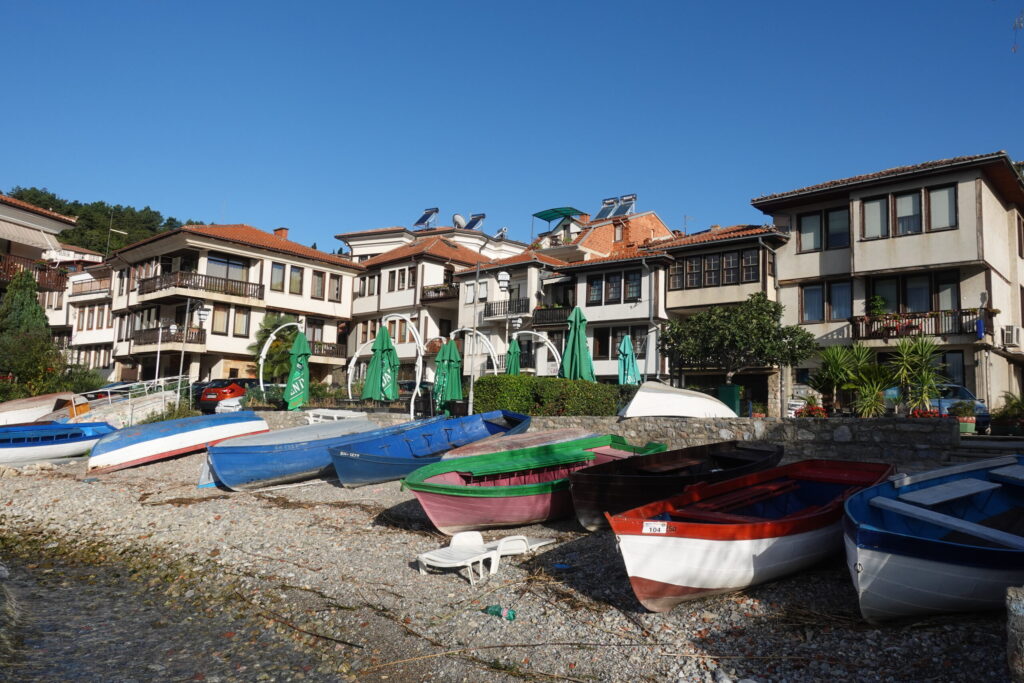
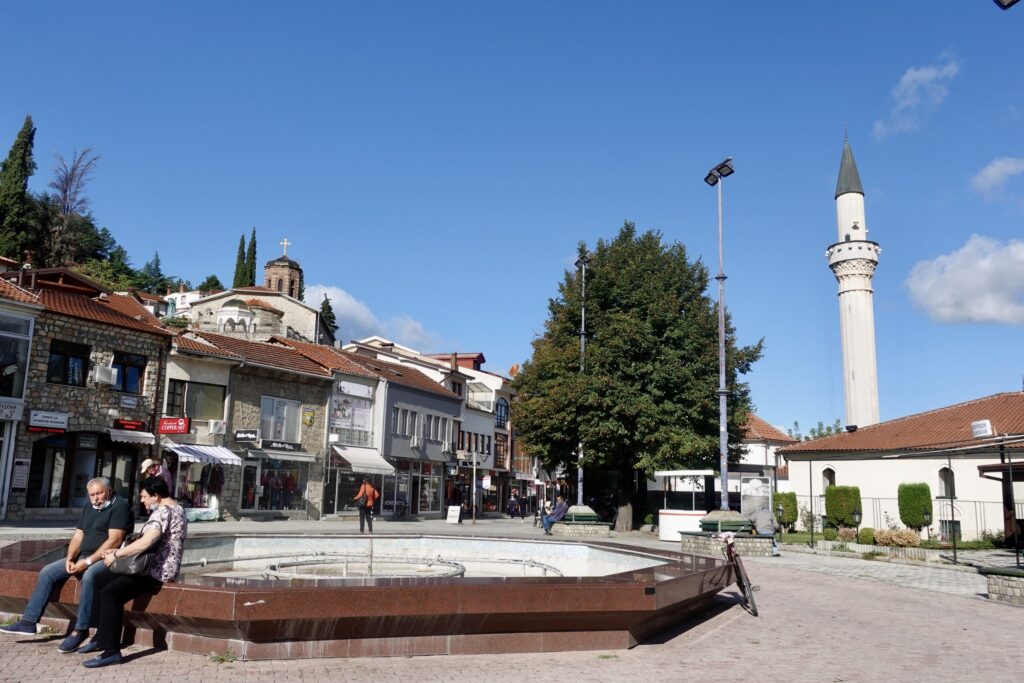
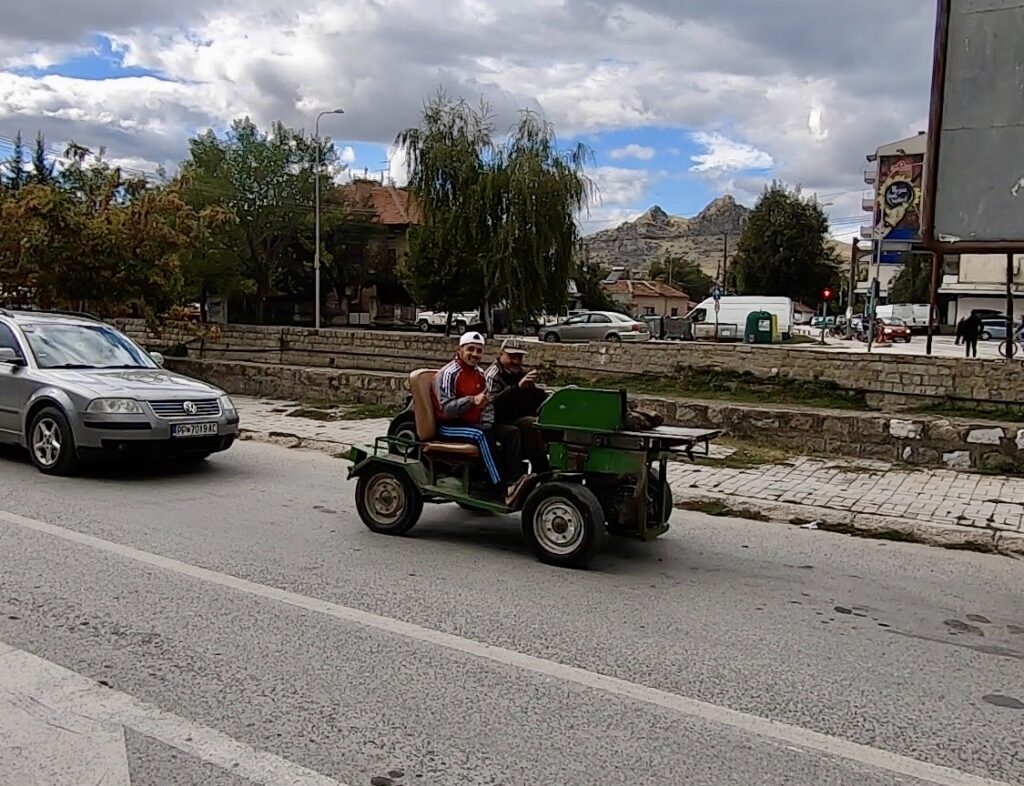
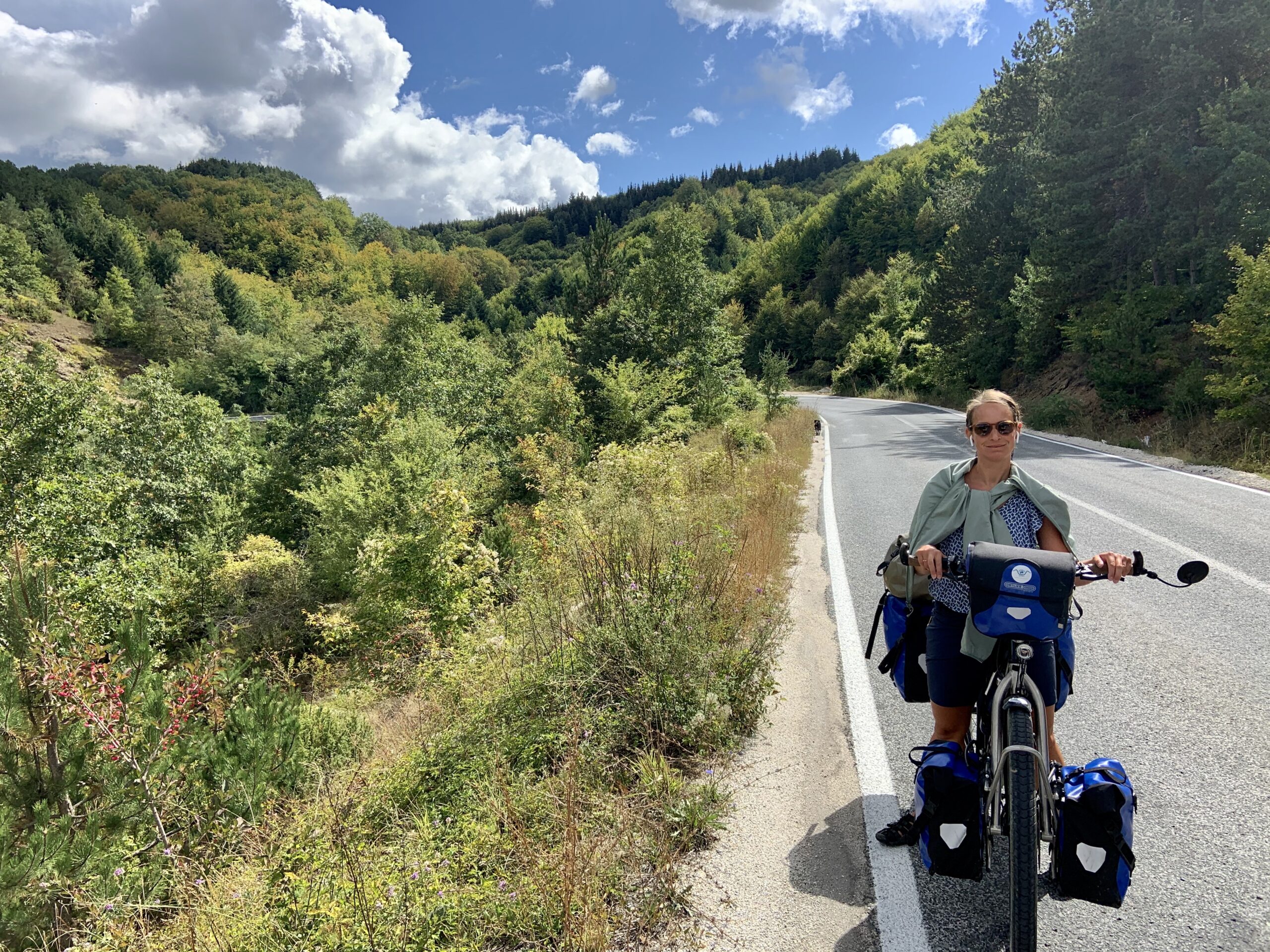
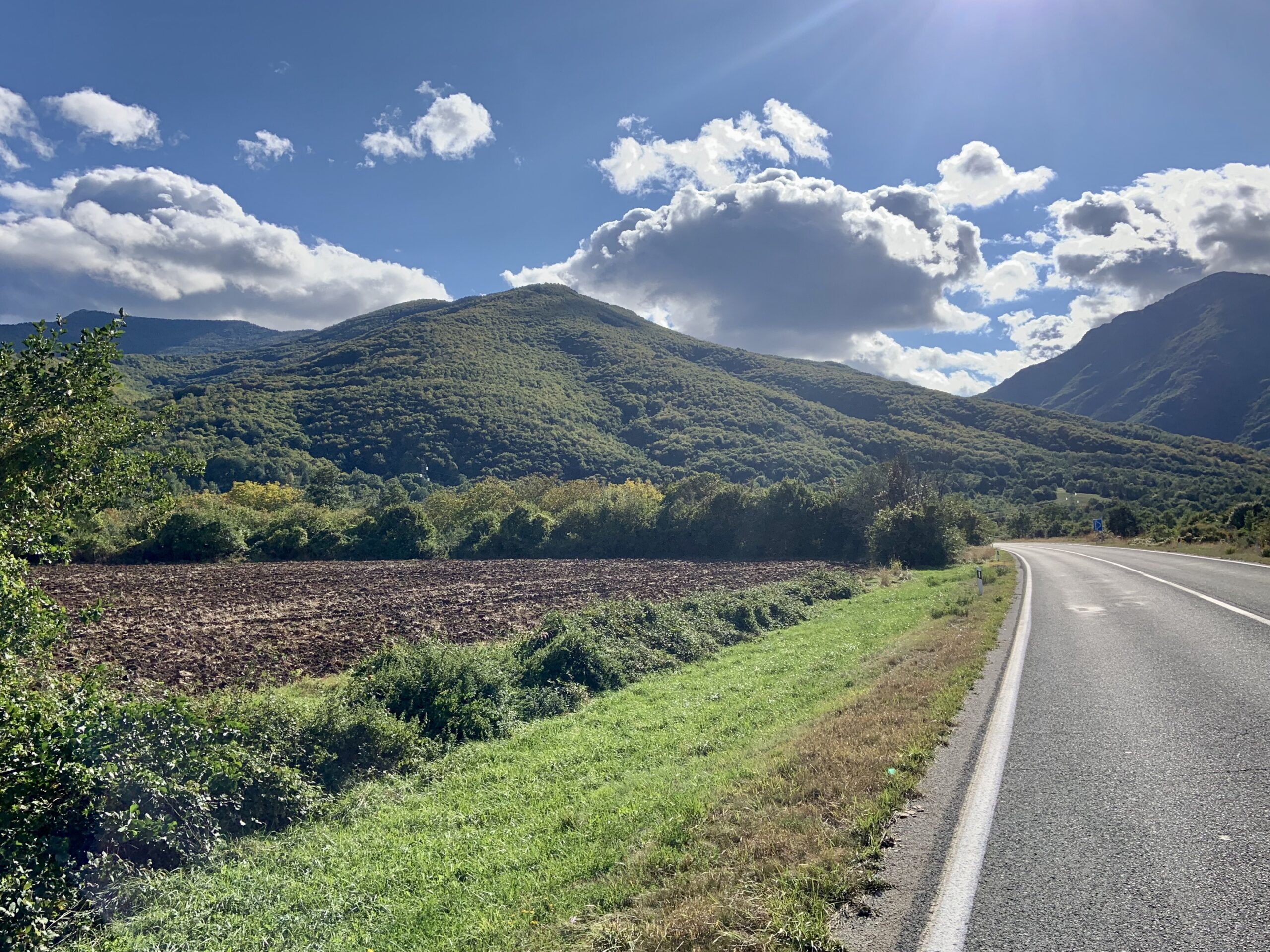
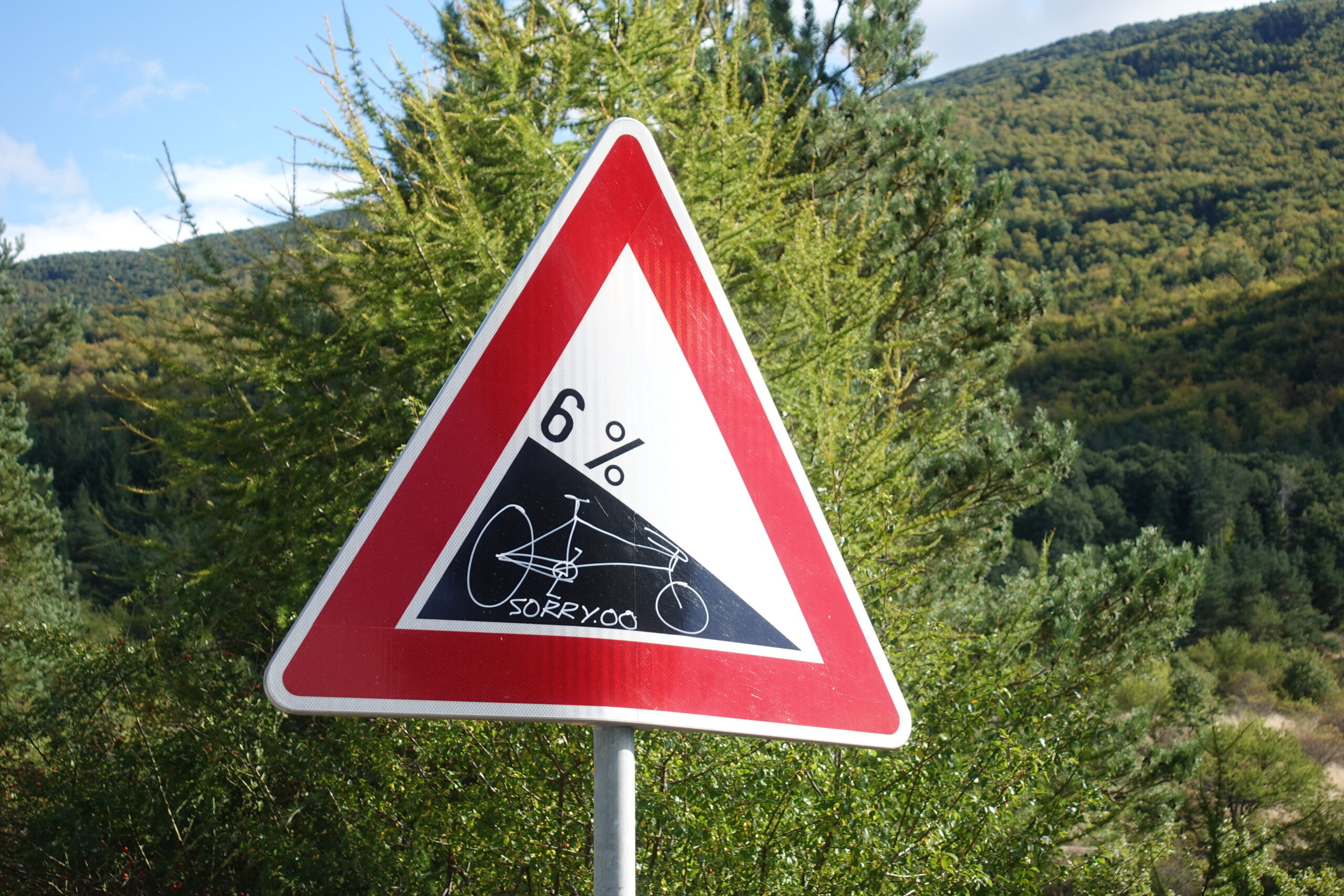
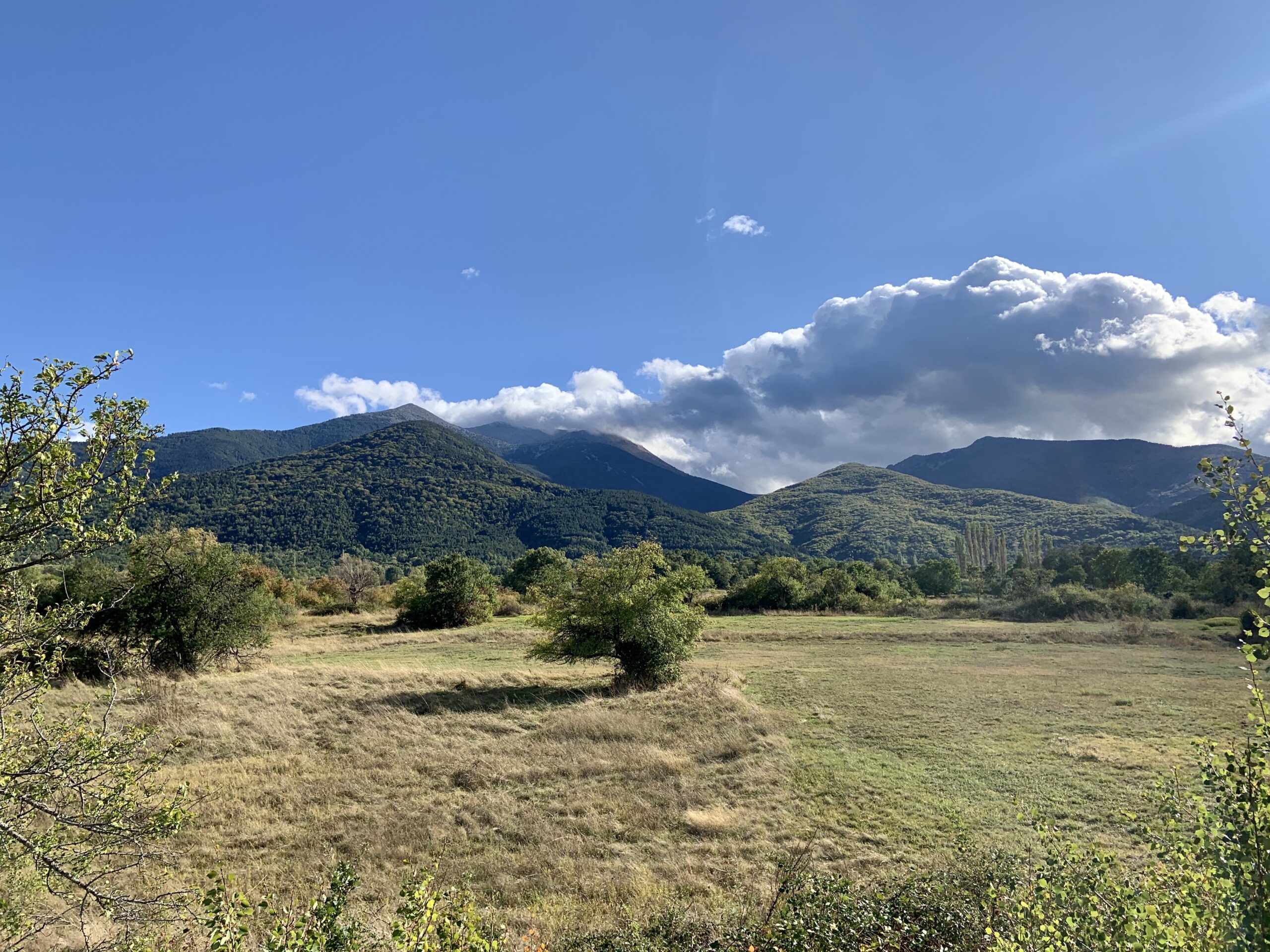
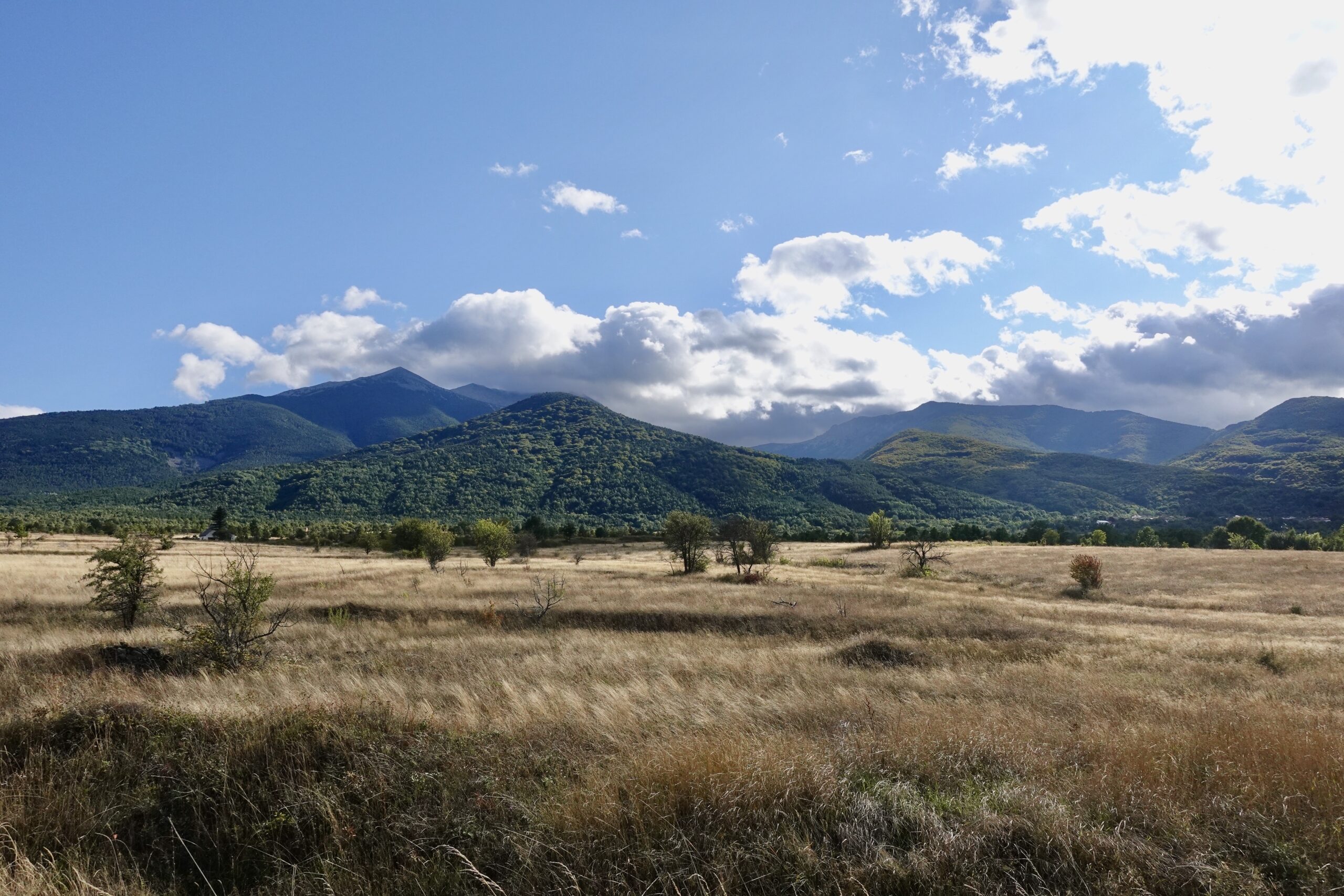
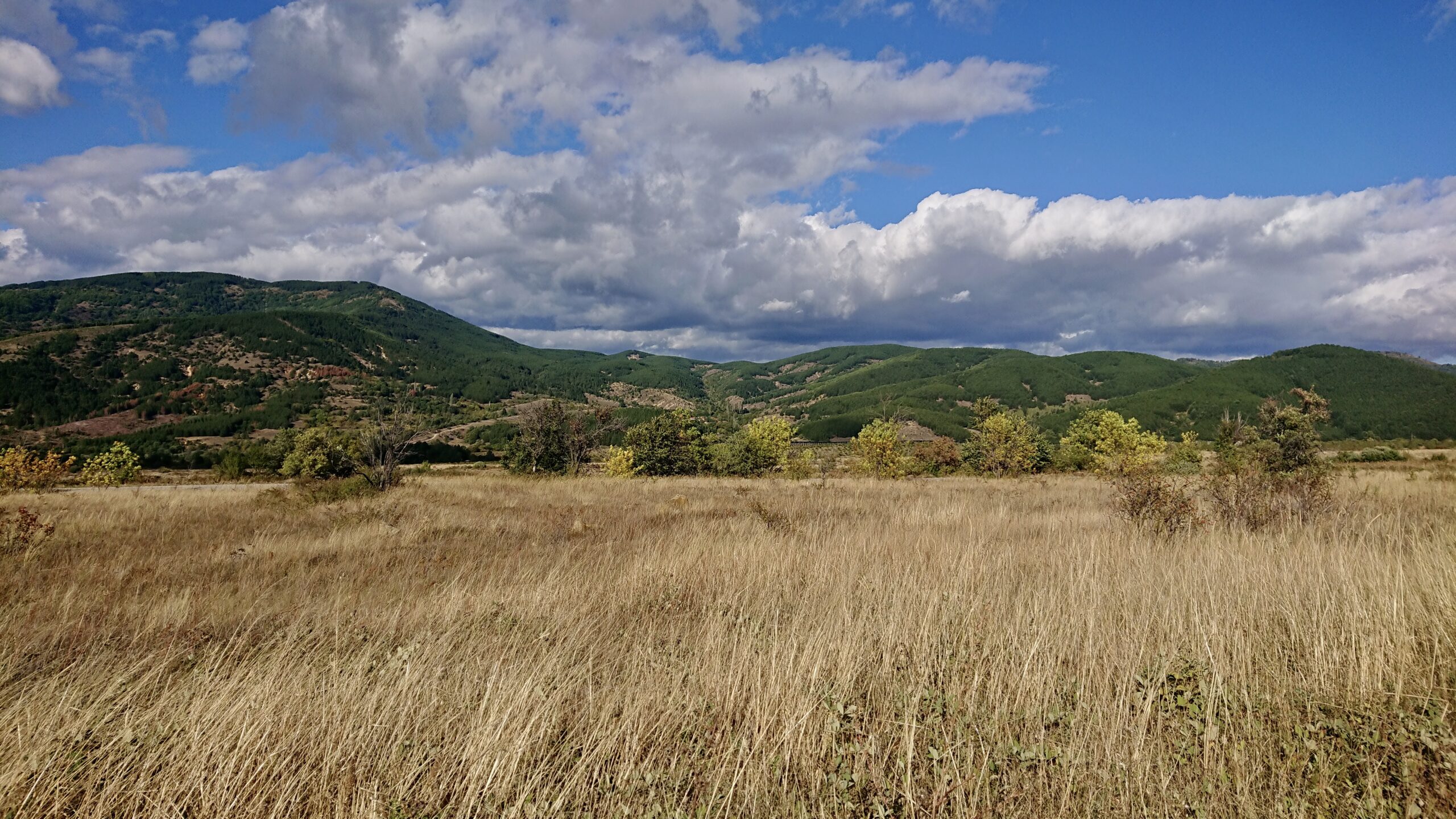
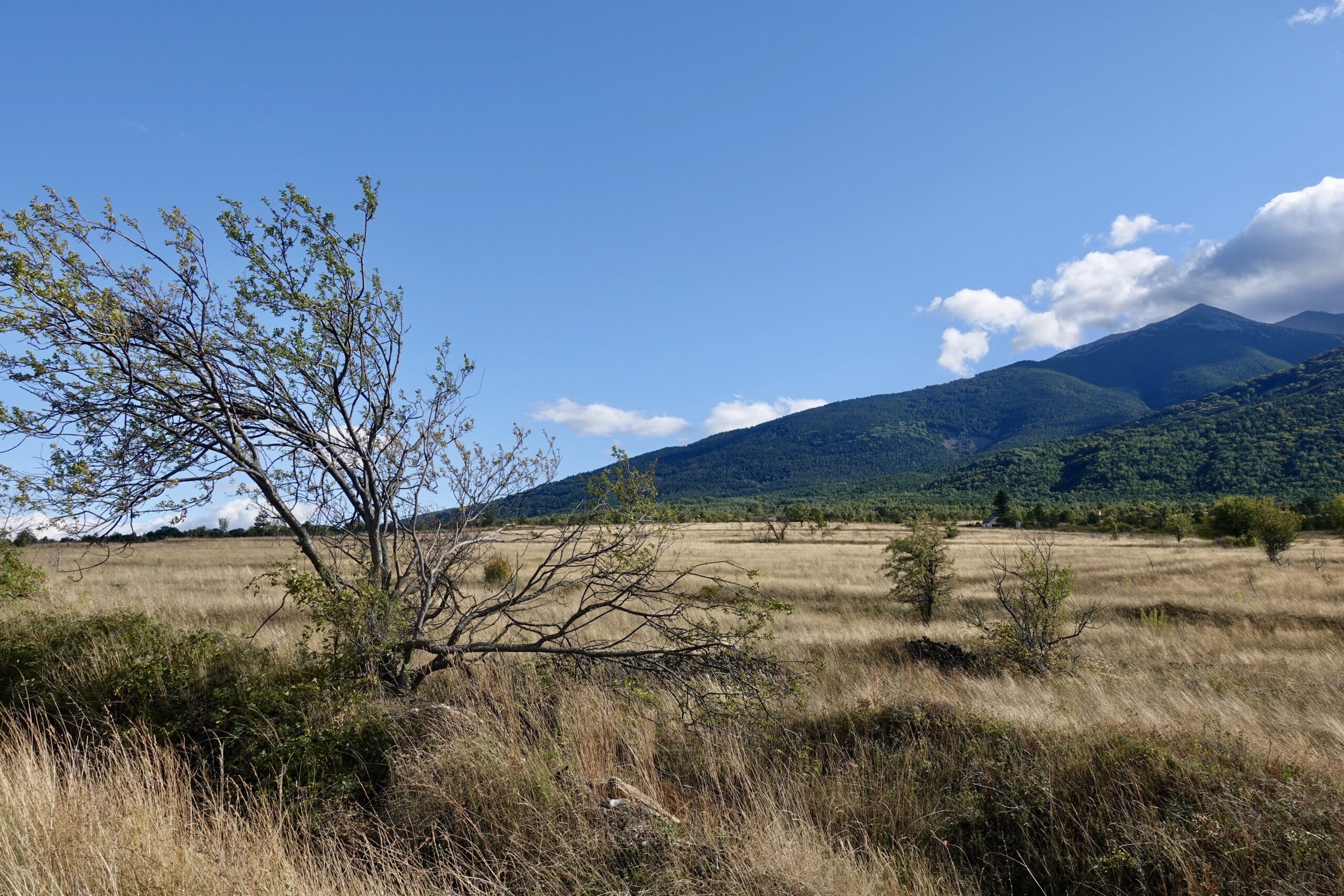
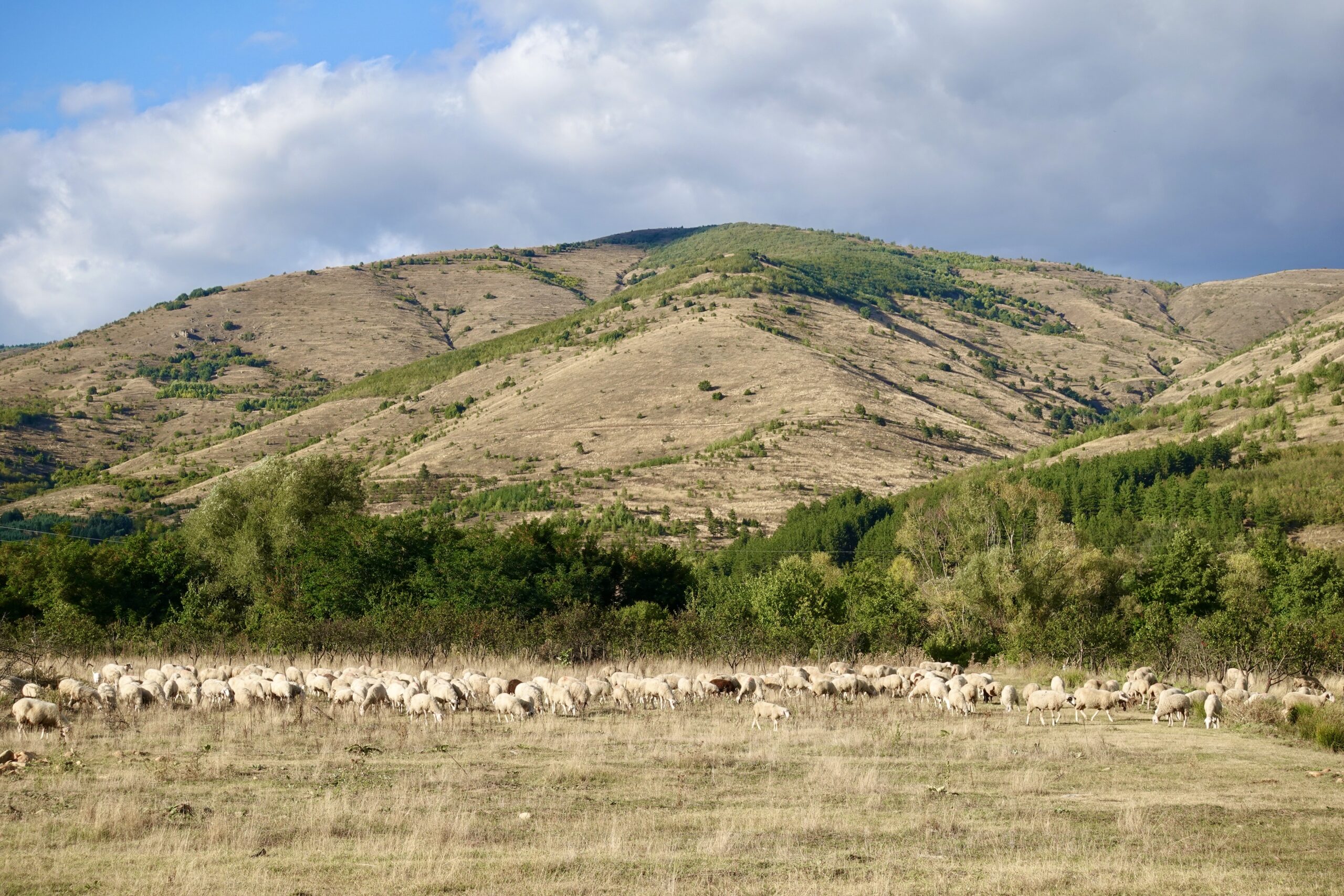
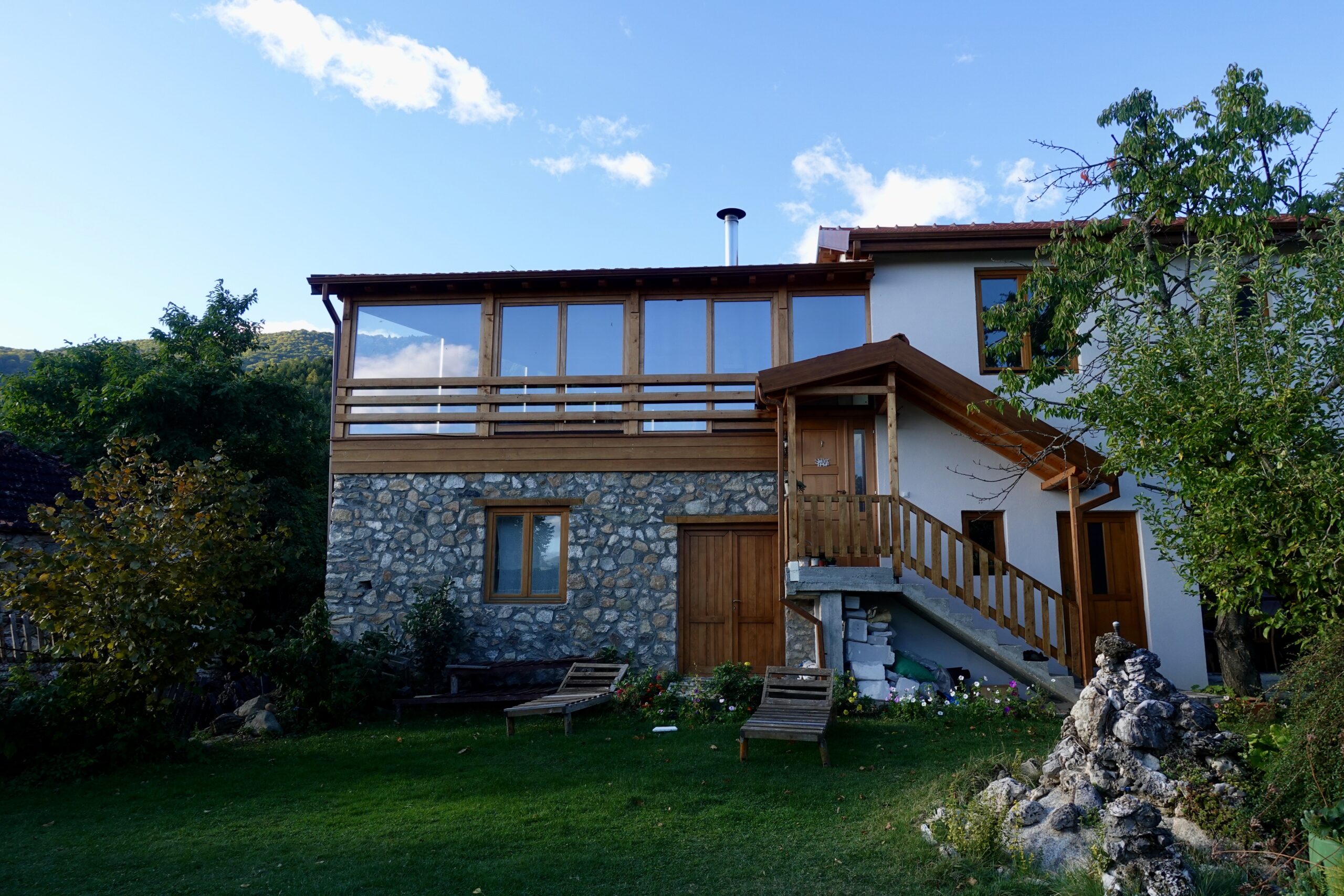
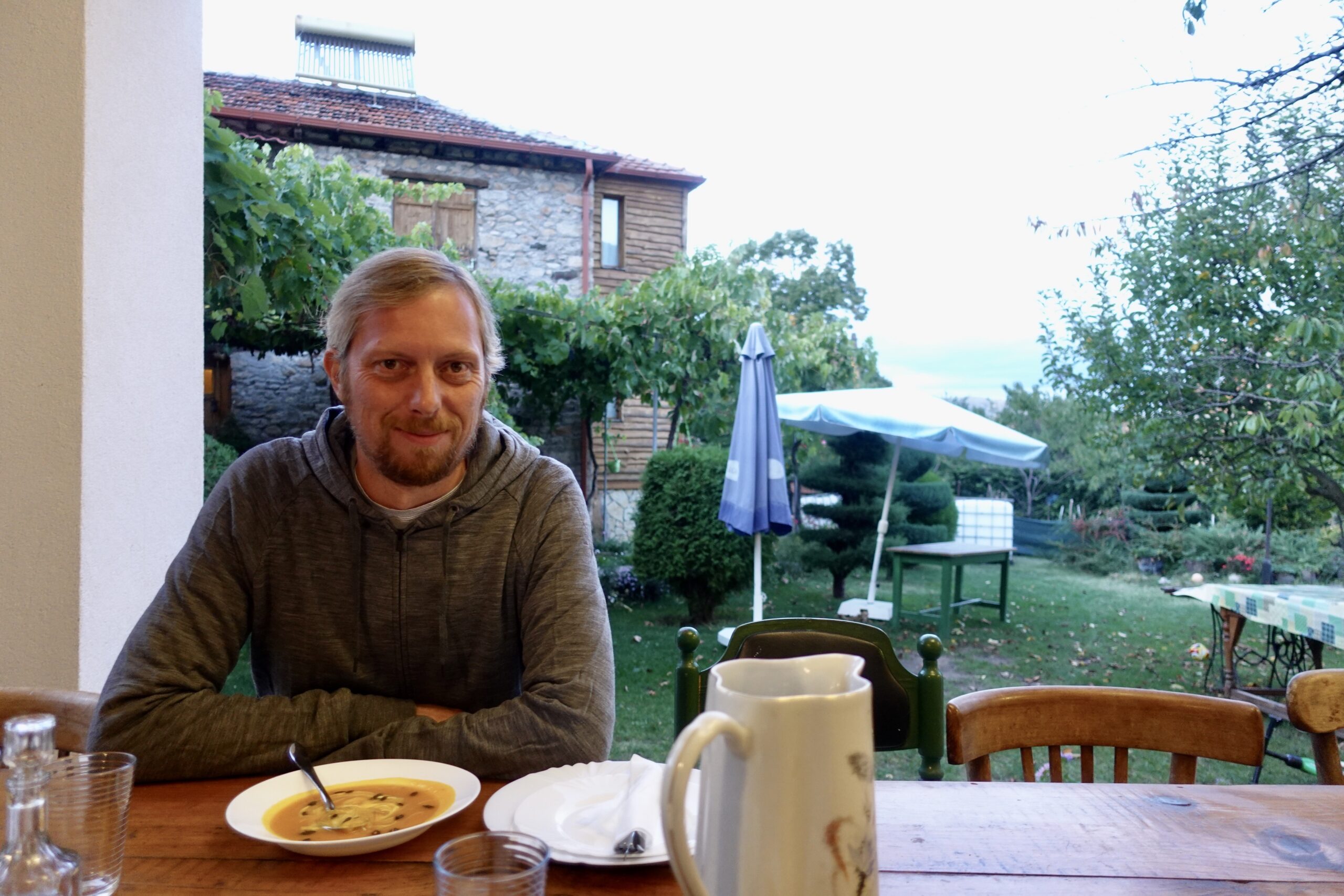
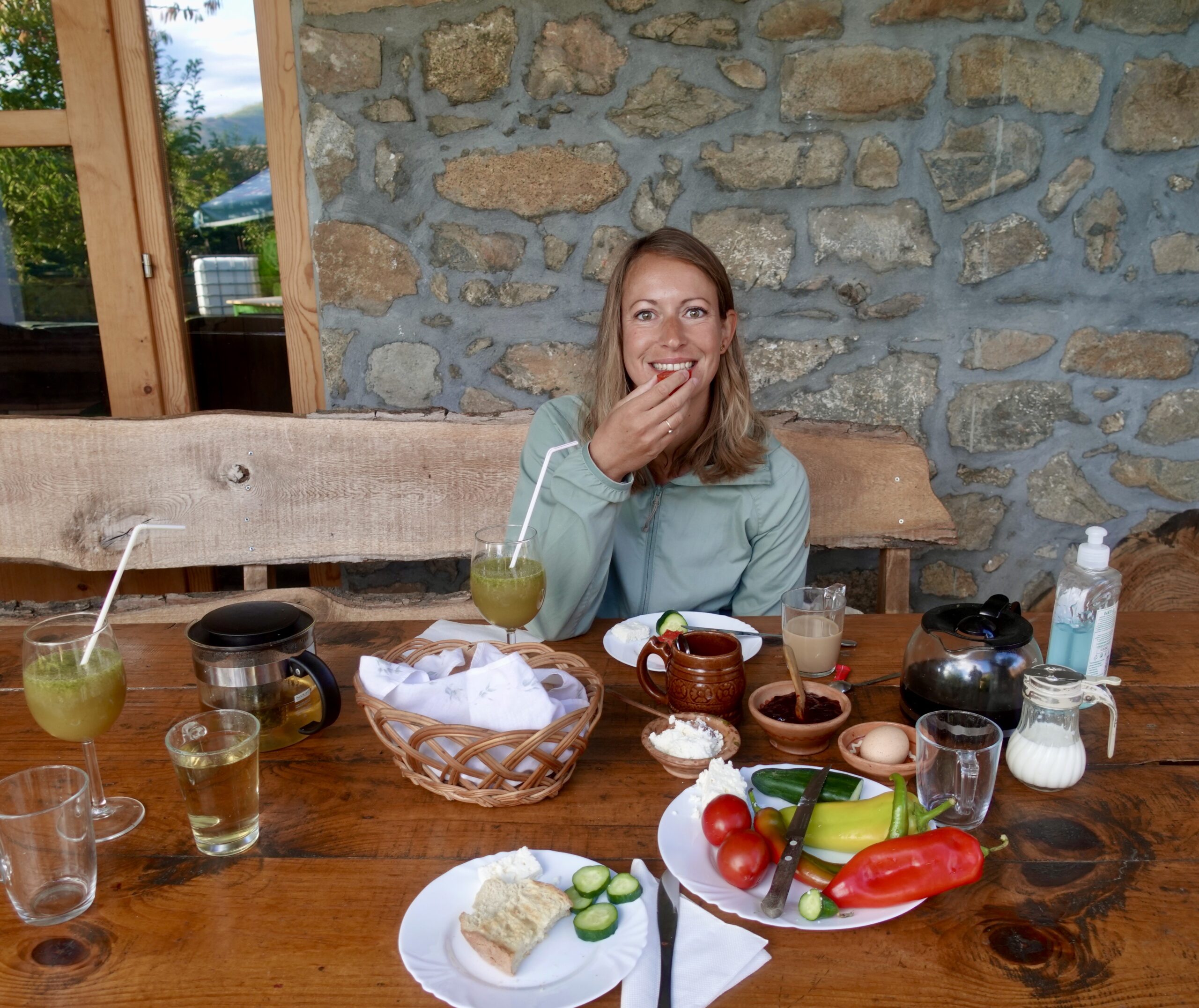
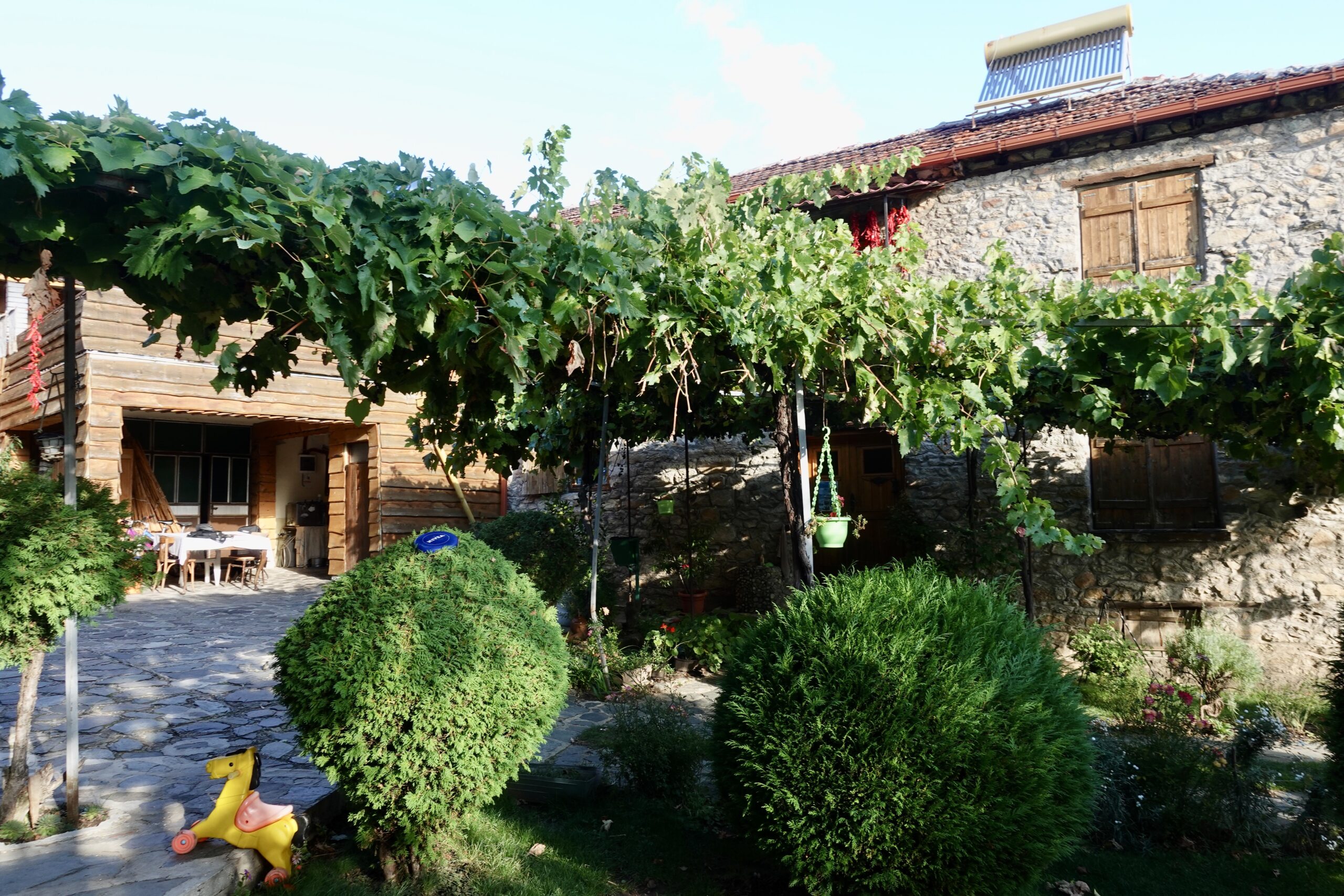
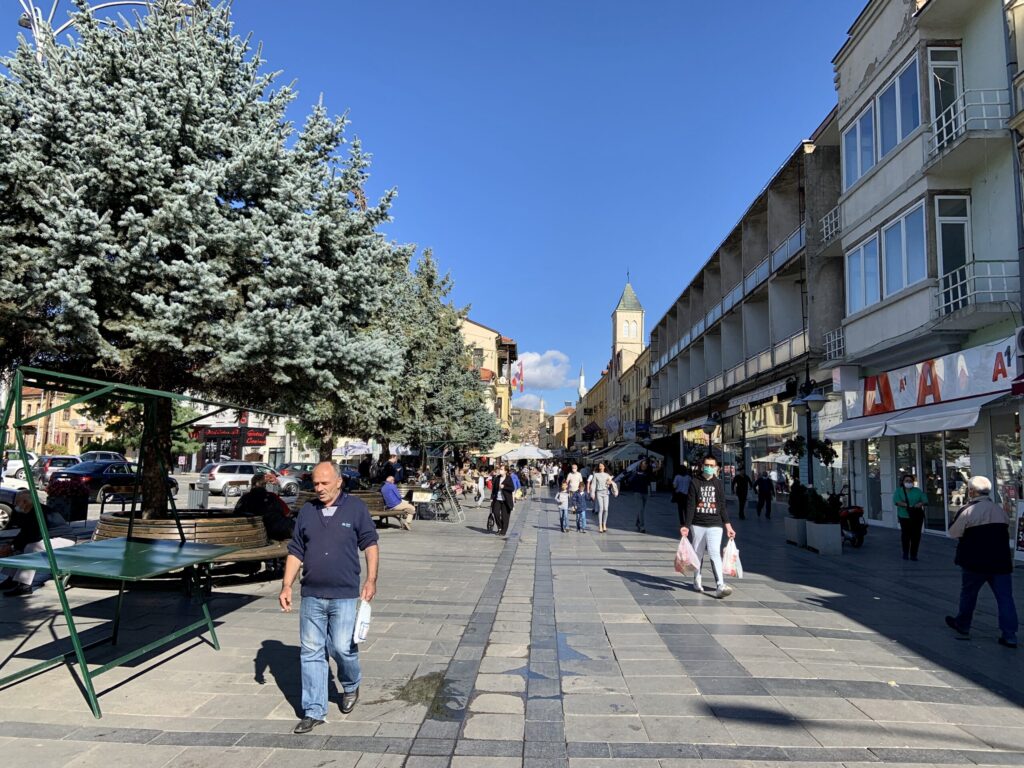
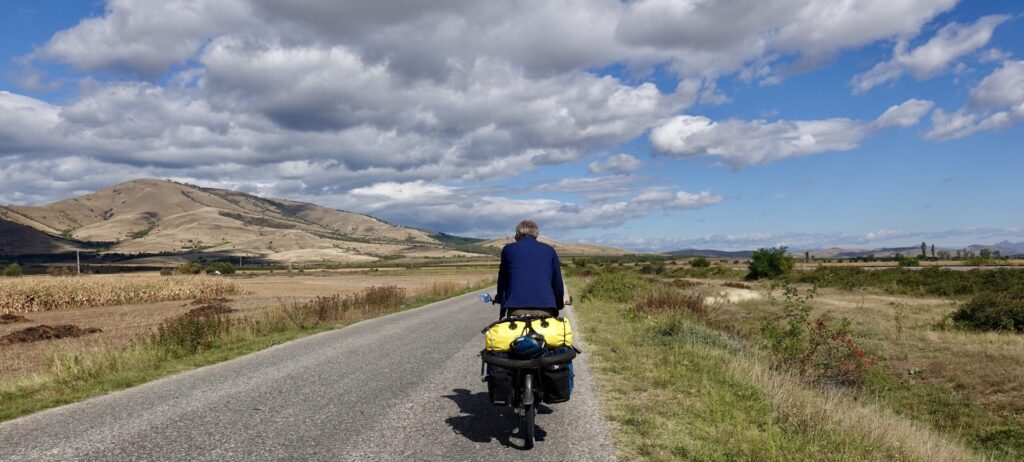
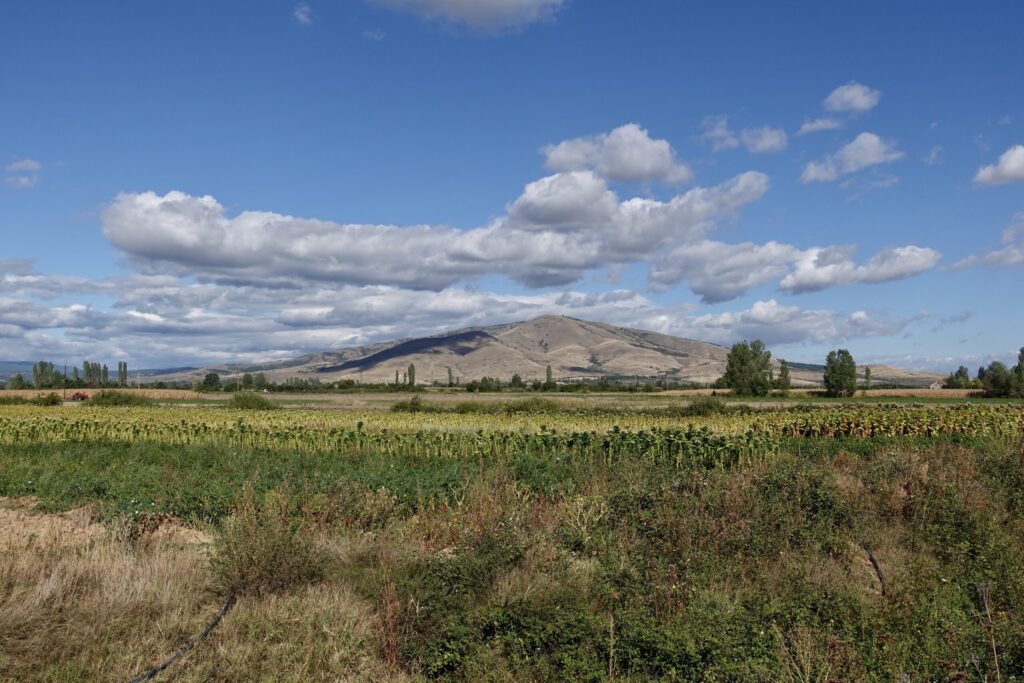
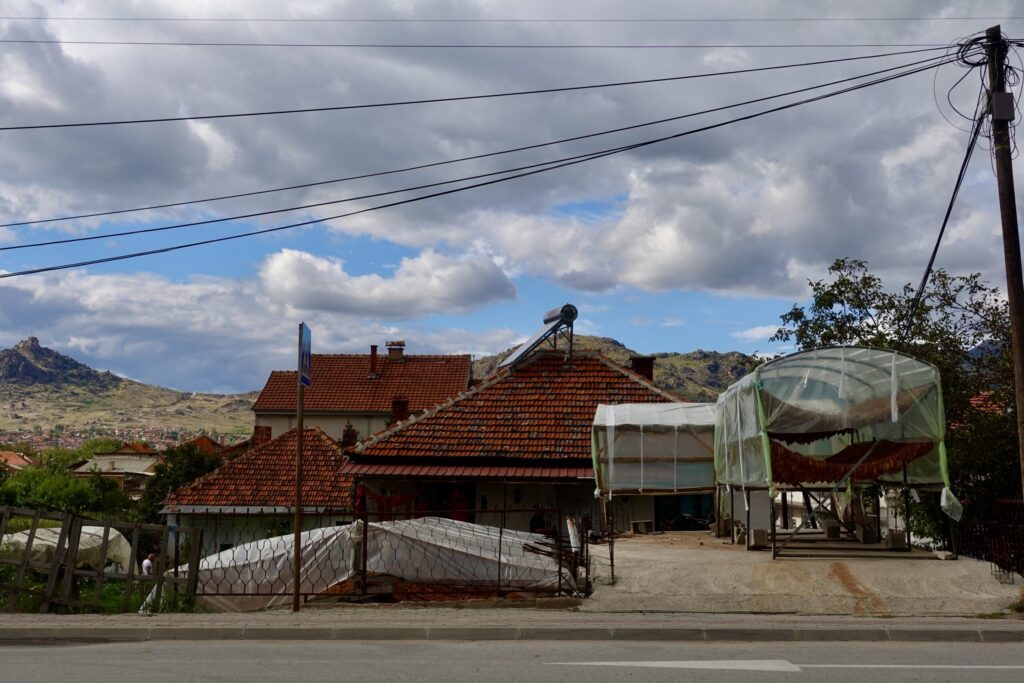
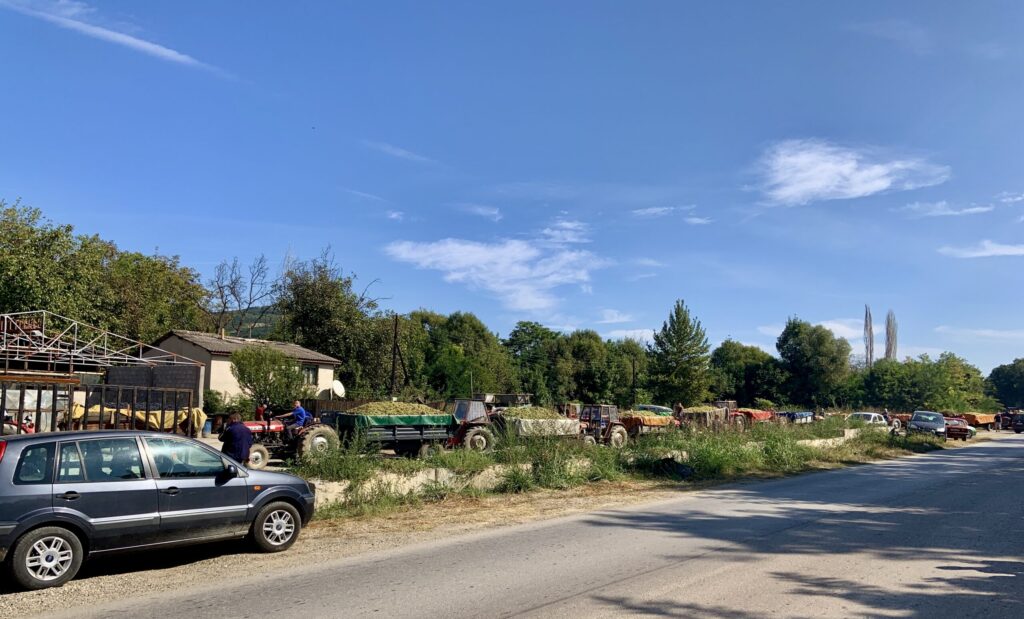
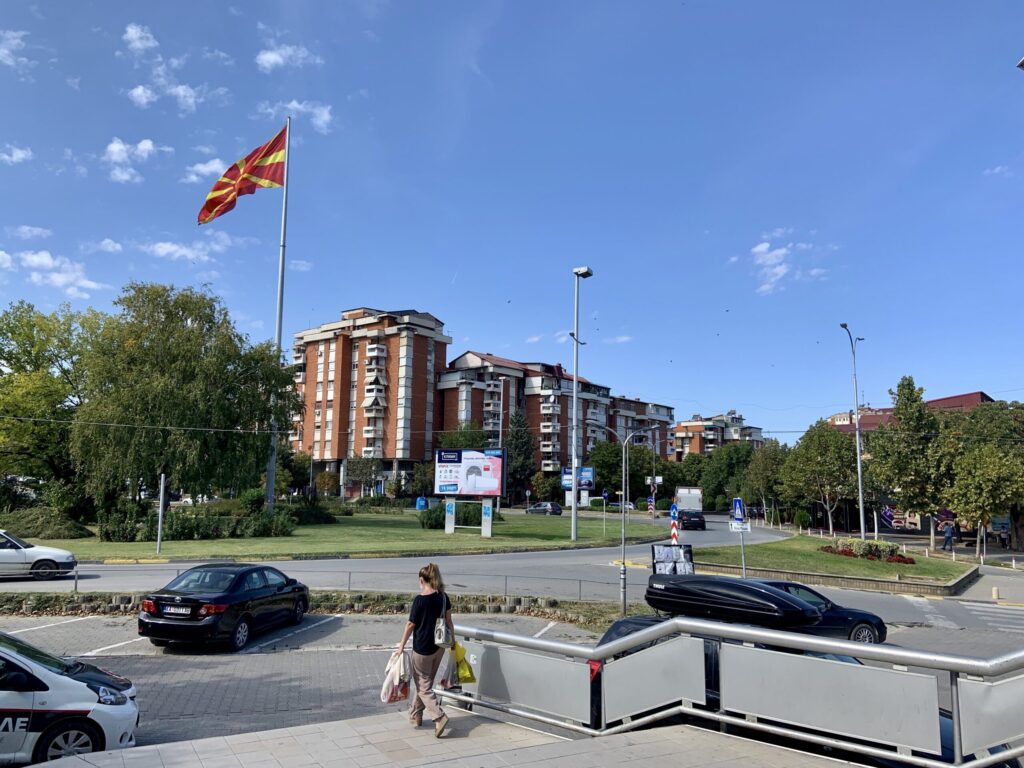
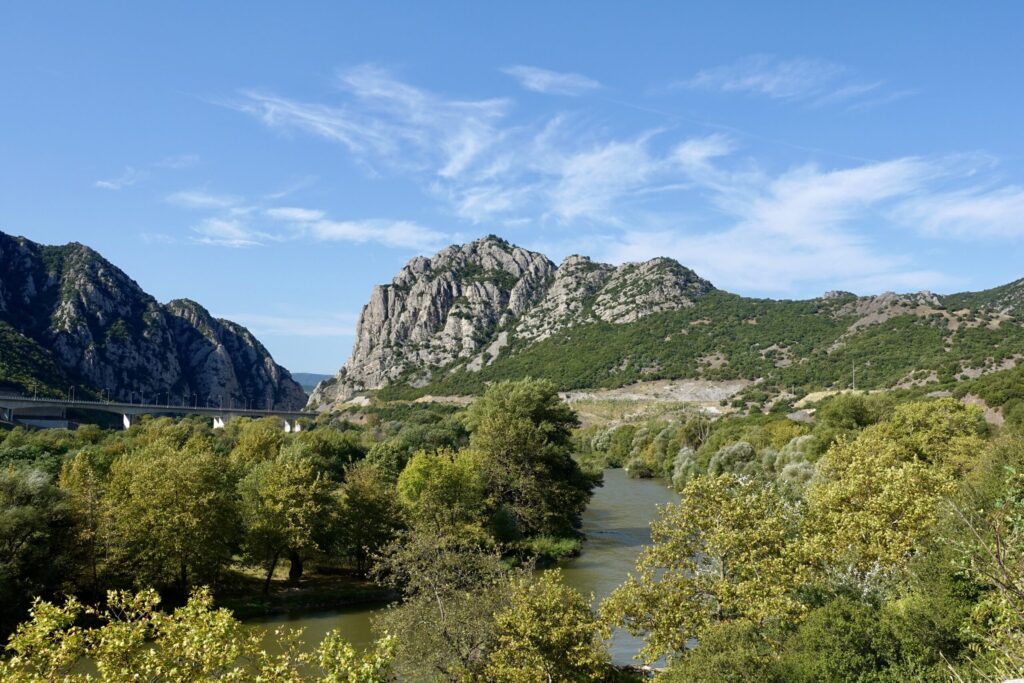
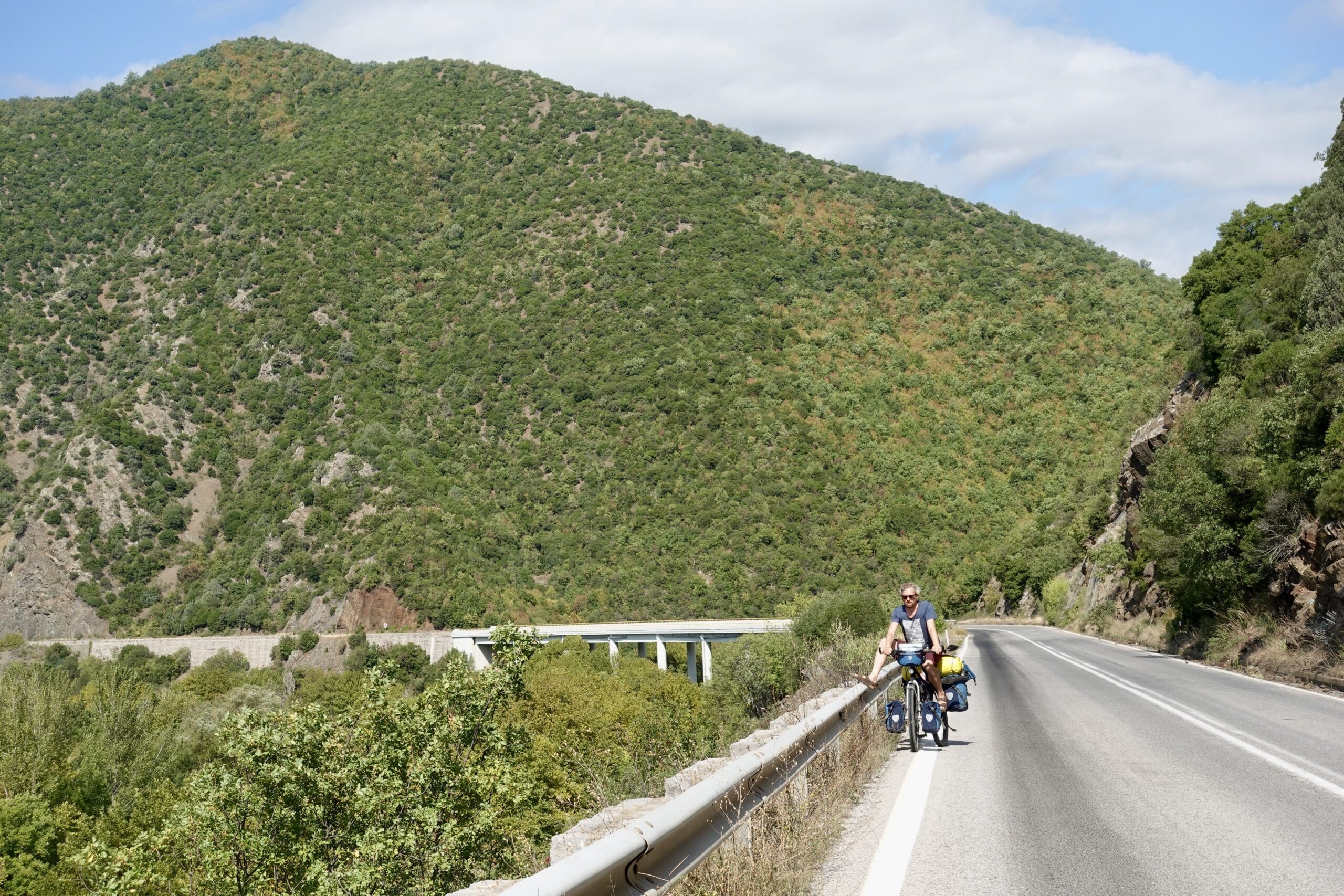
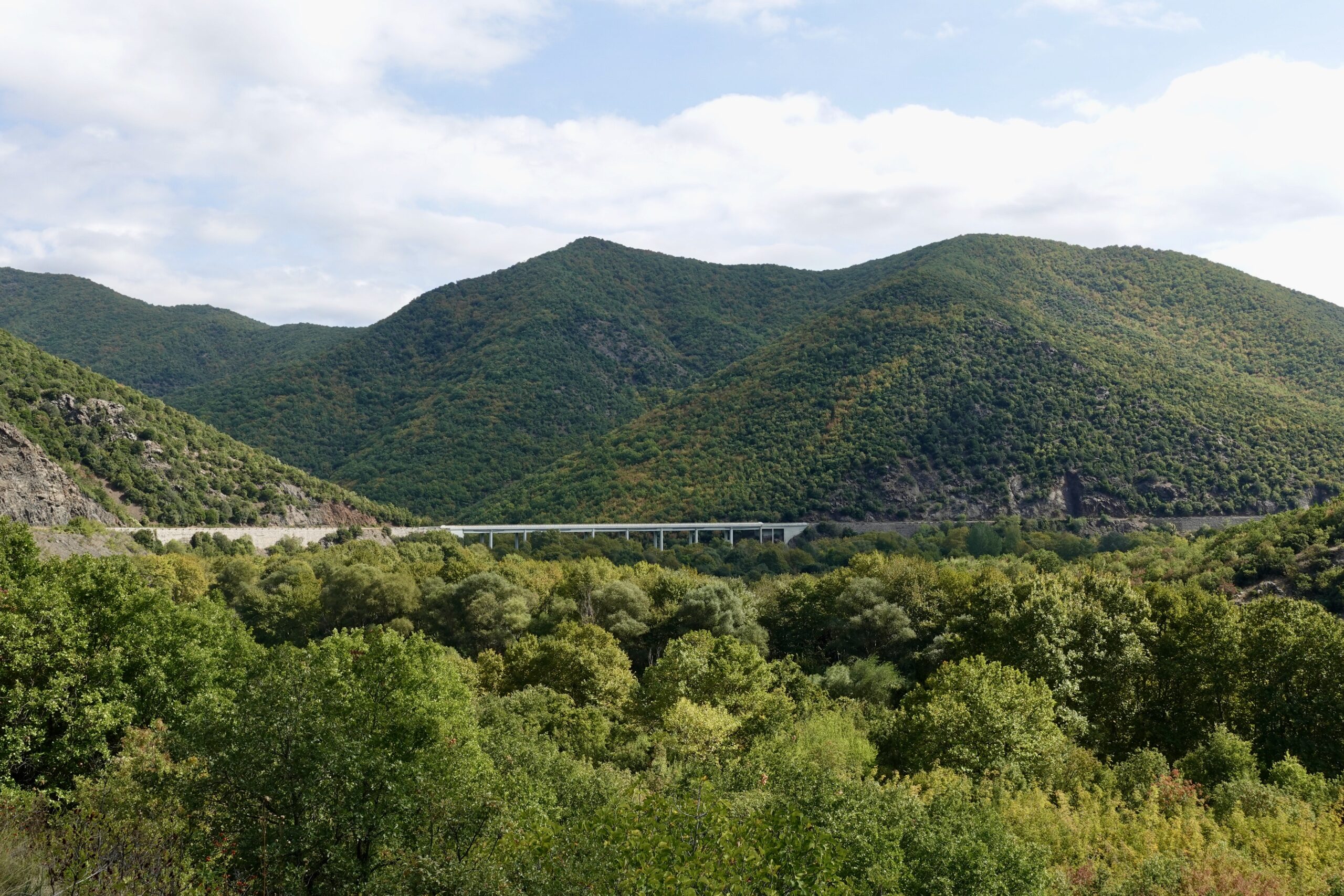
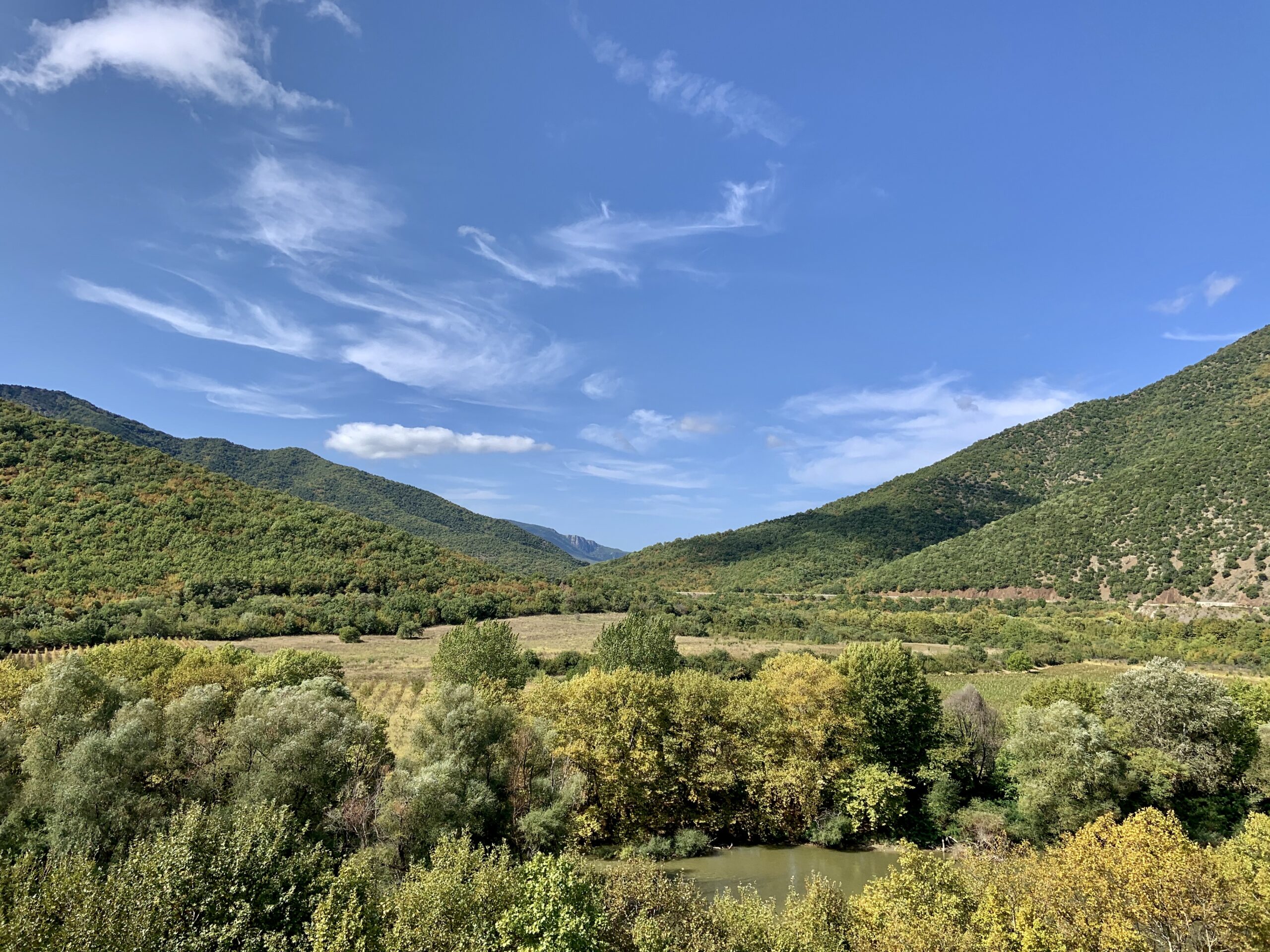
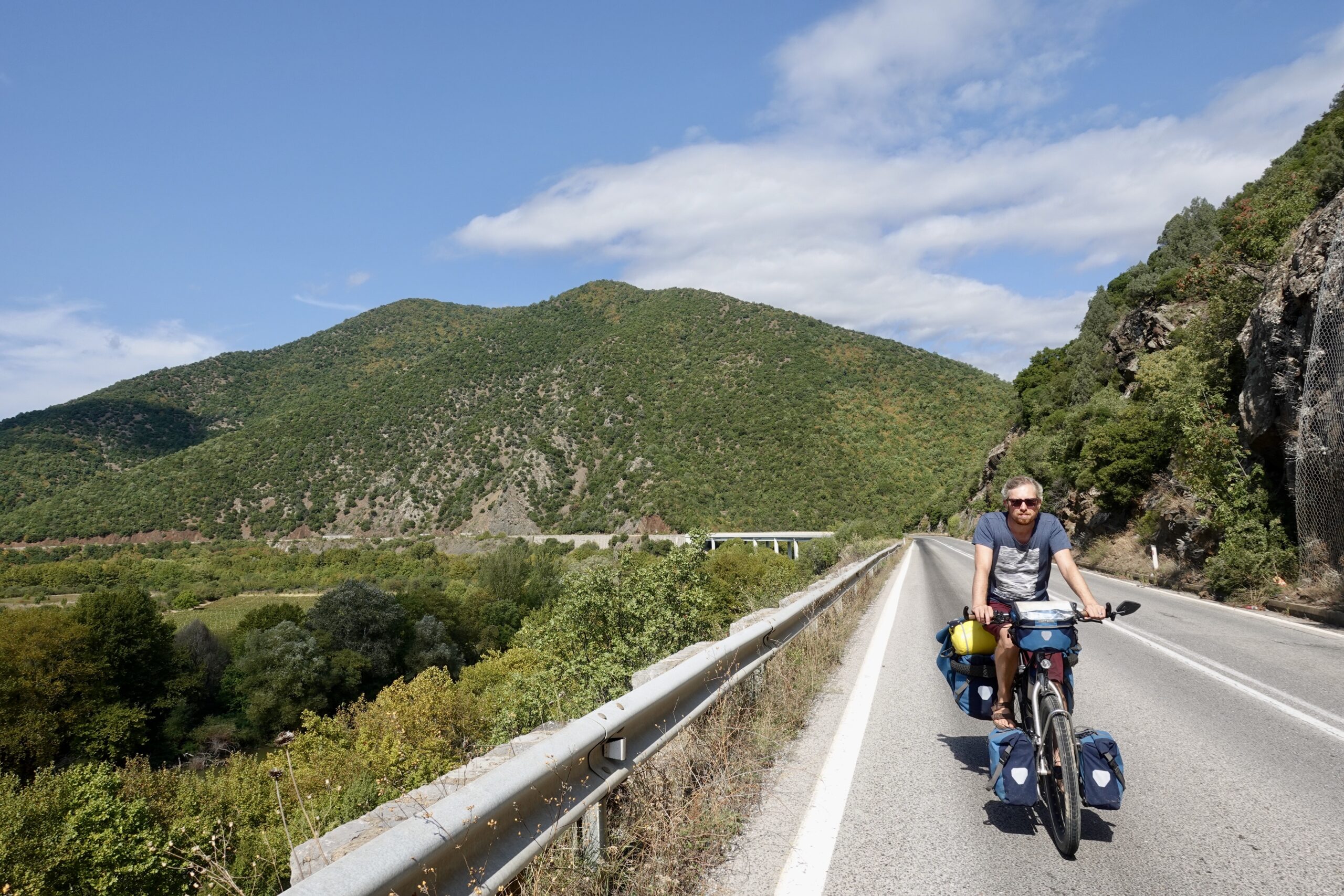
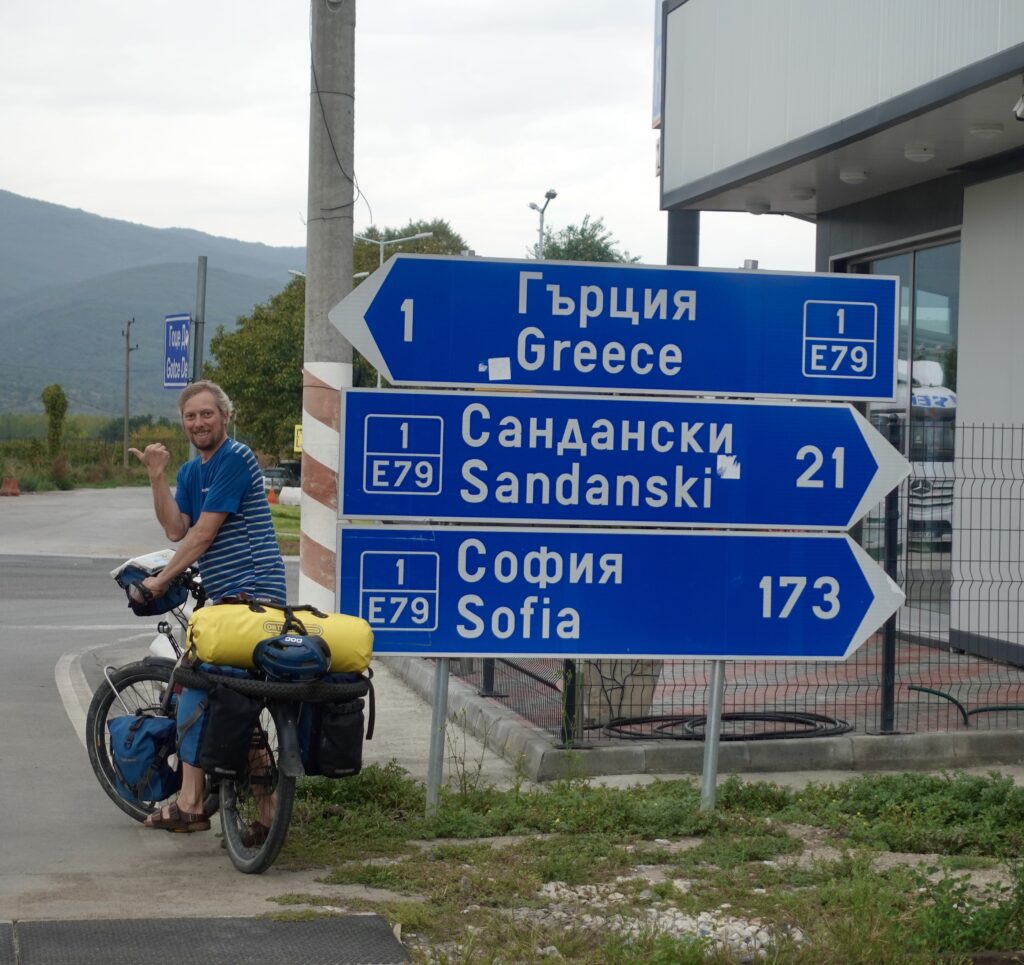
Leave a Reply